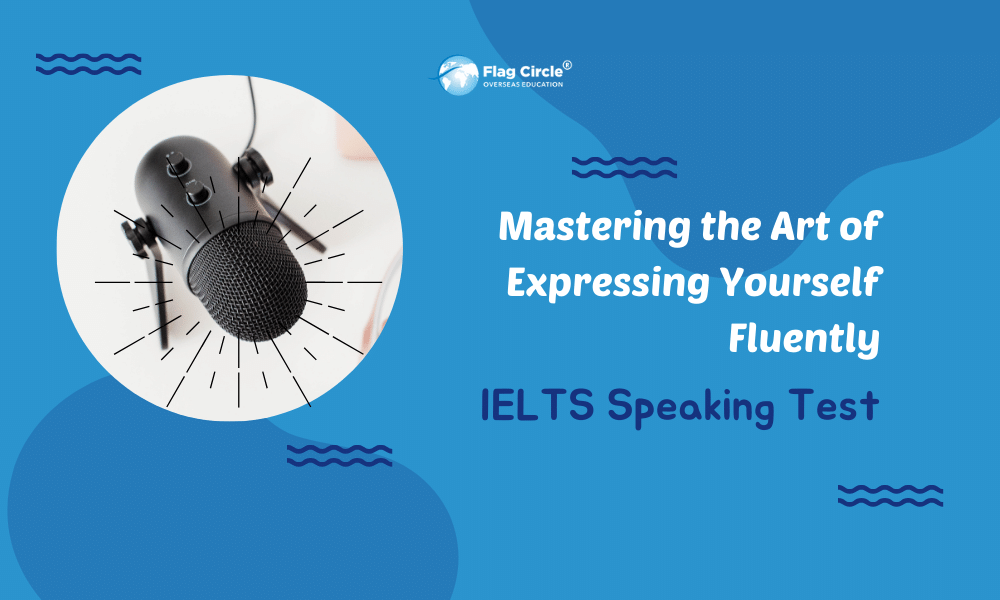Introduction:
The IELTS Speaking Test is a crucial component of the IELTS exam, designed to assess your ability to communicate effectively in English. Excelling in this section requires more than just vocabulary and grammar knowledge; it demands confidence, coherence, and fluency in expressing your ideas. In this blog, we will explore valuable tips and techniques to help you ace the IELTS Speaking Test, along with sample questions and practice exercises to sharpen your skills.
Understanding the IELTS Speaking Test Format:
Before diving into tips for success, let’s briefly review the format of the IELTS Speaking Test. It consists of three parts:
- Part 1: Introduction and Interview (4-5 minutes):
- The examiner introduces themselves and asks you questions about familiar topics such as your hobbies, hometown, family, and studies.
- Part 2: Long Turn (3-4 minutes):
- You are given a cue card with a topic and have one minute to prepare before speaking for up to two minutes on the topic.
- Part 3: Discussion (4-5 minutes):
- You engage in a more extended discussion with the examiner related to the topic in Part 2, exploring ideas, giving opinions, and justifying your views.
Now, let’s explore some tips and techniques to excel in each part of the IELTS Speaking Test:
- Part 1: Introduction and Interview:
- Practice answering common introductory questions fluently and confidently.
- Expand your answers with relevant details and examples to showcase your speaking ability.
- Maintain eye contact with the examiner and speak clearly and audibly.
- Part 2: Long Turn:
- Use the one-minute preparation time wisely to brainstorm ideas and organize your thoughts.
- Structure your response with an introduction, main points, and a conclusion.
- Speak fluently and coherently, using a range of vocabulary and grammatical structures.
- Maintain a natural pace and intonation, avoiding long pauses or hesitations.
- Part 3: Discussion:
- Listen carefully to the examiner’s questions and respond thoughtfully, addressing all aspects of the topic.
- Support your opinions with relevant examples and arguments.
- Engage in a back-and-forth conversation with the examiner, demonstrating your ability to express complex ideas and engage in meaningful discussion.
IELTS Speaking Test Sample Questions and Practice Exercises:
To enhance your preparation for the IELTS Speaking Test, here are some sample questions and practice exercises:
- Sample Part 1 Questions:
- What do you enjoy doing in your free time?
- Can you describe your hometown?
- Do you prefer studying alone or in a group? Why?
- Sample Part 2 Cue Card:
- Describe a memorable holiday you have had. You should say: where you went, who you went with, what you did, and explain why it was memorable.
- Practice Exercise:
- Choose a random topic and practice speaking about it for two minutes, focusing on fluency, coherence, and vocabulary range.
Conclusion:
Mastering the IELTS Speaking Test is essential for achieving your desired band score and advancing your academic or professional goals. While self-study and practice are valuable, personalized guidance and feedback can further enhance your speaking skills.
Flag Circle Overseas Education offers expert IELTS coaching offline classes, providing students with the support they need to excel in the speaking test.
Book a FREE DEMO online class with Flag Circle to experience firsthand how their coaching can help you achieve success in the IELTS exam and fulfil your dream of studying abroad.




